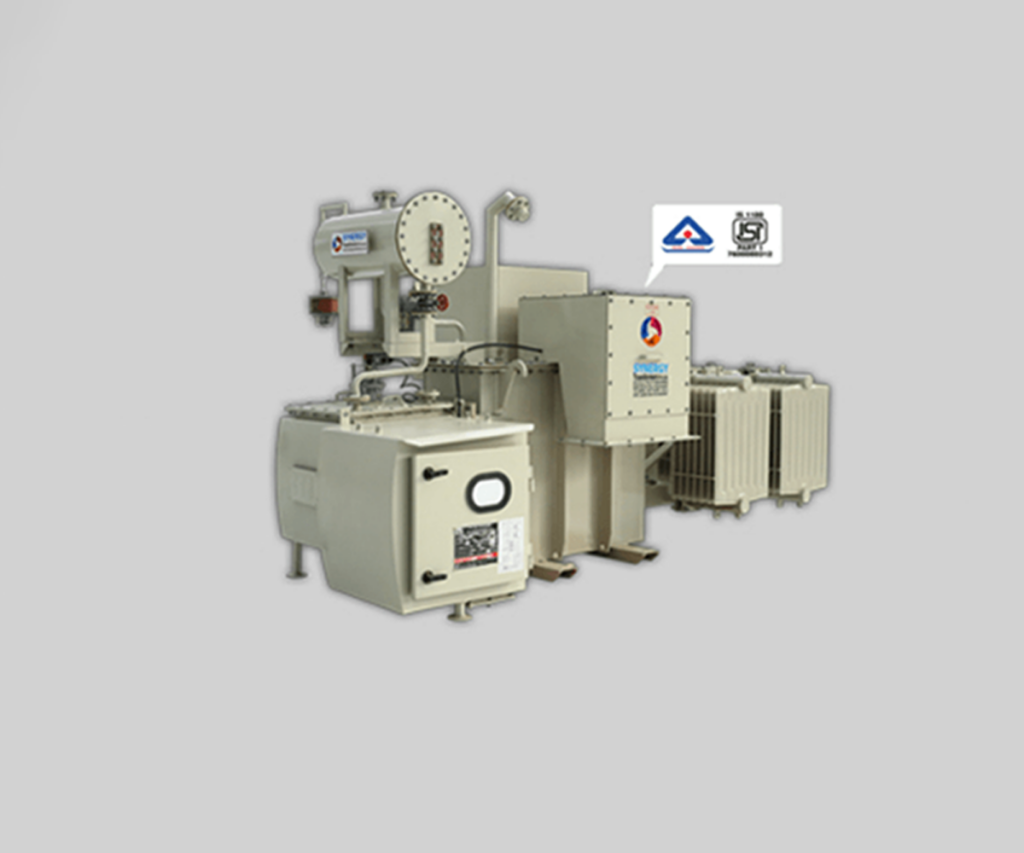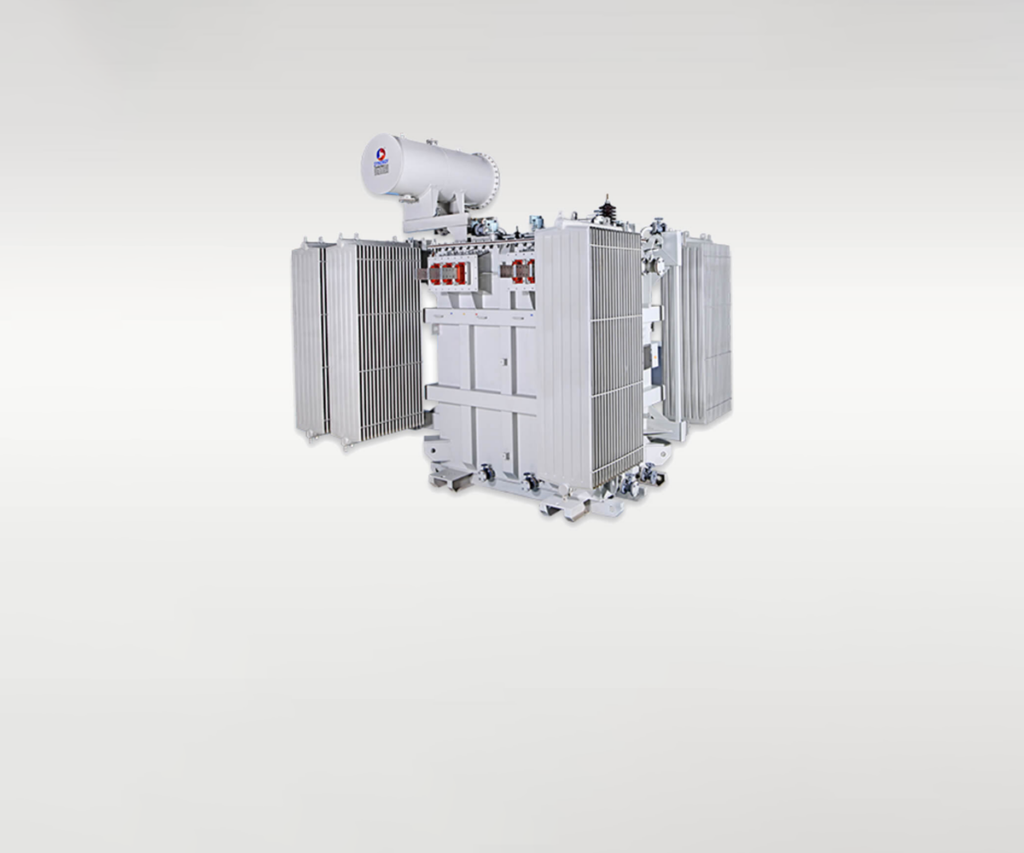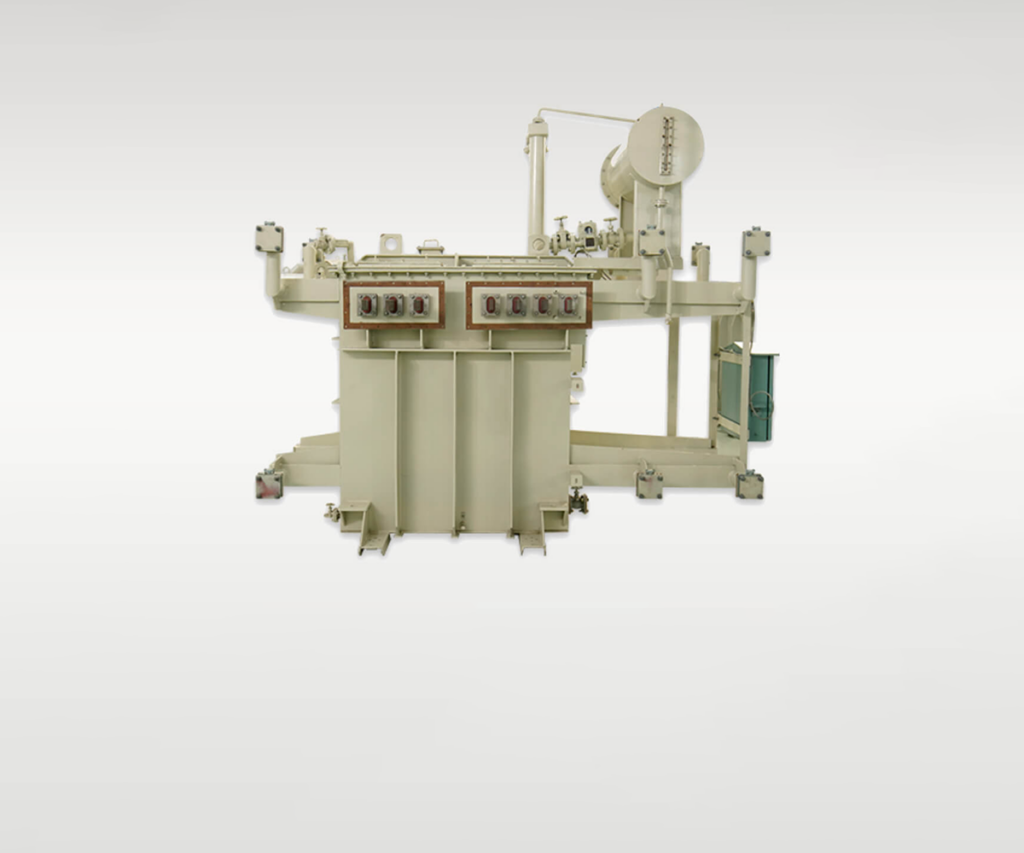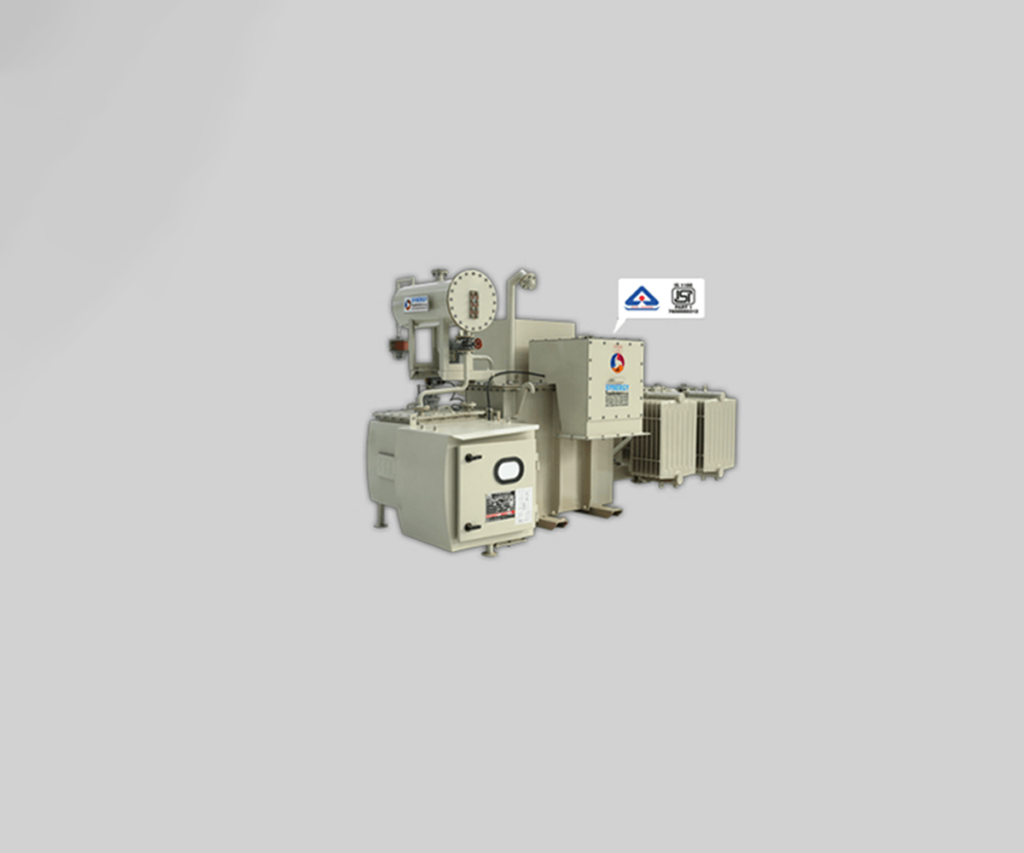Contact Us
Our customer service team is dedicated to providing the best service possible and we're always happy to help. Whether you have a question about an order, need help with a product, or have any other queries, we're here to assist you. We value your feedback and will do our best to respond to your inquiry as soon as possible.
Contact Us
Career
At Synergy, we believe that our people are the key to our success. That's why we're always on the lookout for talented and motivated individuals to join our team. Whether you're just starting your career or are an experienced professional, we offer a wide range of opportunities in a variety of fields.
Career
Updates
Whether you're interested in learning about the latest industry trends, reading about new product releases, or staying informed about company updates, you'll find it all here.
Updates
Industries we Serve
Powering the daily lives of homes, businesses, hotels, and malls, we ensure a steady flow of electricity to the various systems and appliances that keep these facilities running smoothly.
Industries we Serve
Products
DISTRIBUTION TRANSFORMER
BIS – 1180
IS 2026
IEC 60076
SOLAR/WIND TRANSFORMER
FURNACE TRANSFORMER
DRYTYPE TRANSFORMER
COMPACT SUBSTATION
POWER TRANSFORMER
Products
Company Profile
Founded in 2004, Synergy Transformers Pvt. Ltd. is one of the leading companies in the industry of Transformers. With a wide range of transformers, we are involved in manufacturing, world-class power, distribution, furnace and speciality services.
Company Profile
Home
Synergy Transformers Pvt. Ltd. has emerged as quality transformers and energy savers in the market with a simple vision of consistent innovation. We wish to achieve technological advancement by balancing its permanent effect on the environment.
Home
- 01 Home
- 02 Company Profile
- 03 Products
- 04 Industries We Serve
- 05 Updates
- 06 Career
- 07 Contact Us





